Modern Yokohama might be second in Japan in terms of population but, historically, it has long been a city of firsts.
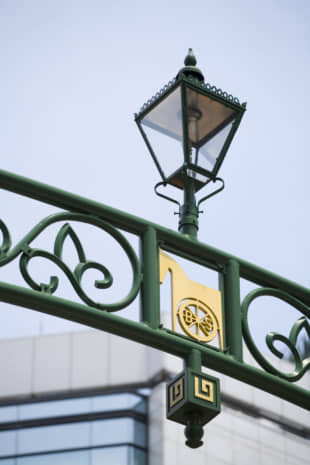
In the mid-19th century, after U.S. Commodore Matthew Perry forced the Japanese government to open its ports to the world, Yokohama was one of the first places in the country to take in foreign ships and with them an influx of Western culture and innovation. In 1861, it became the place where Albert W. Hansard started Japan's first English-language weekly paper, the Japan Herald, which in 1863 became Japan's first daily newspaper, the Daily Japan Herald. Then in 1870, Norwegian-American William Copeland opened Japan's first commercially successful brewery, the Spring Valley Brewery, in Yamate, Yokohama. Over the next few years, Yokohama's affluent Bashamichi area in particular became the center for Western influences in Japan, emerging as the first place in the country that saw gas lamps, an ice-cream parlor and a photography studio.
That era of innovation has ended now but Yokohama still remains a leader in many areas, most notably when it comes to offering first-rate entertainment and sightseeing opportunities. Any visitor to the city should start their exploration of Yokohama with Landmark Tower, which used to be the tallest building in Japan, though it was relegated to second place in 2014. However, at 70 stories measuring a total of 296 meters, it's still a massive structure and a symbol of Yokohama, a significant portion of which one can admire from the tower's 69th floor observation deck called Sky Garden. On clear days, grand views of Tokyo Tower, Tokyo Skytree, the Izu Peninsula and Mount Fuji are visible. The price of admission is ¥1,000 for adults, ¥800 for seniors, ¥500 for children and ¥200 for toddlers; however, the prices go down a little on rainy (weekdays only) or cloudy days (weekends and holidays only). Even in inclement weather, a coffee or meal at the Sky Cafe can still be enjoyed while taking in the 360-degree panoramic view of the surrounding Minato Mirai area.
Minato Mirai 21, literally "harbor of the future," is the result of a decades-long port and waterfront redevelopment project that ultimately transformed Yokohama's industrial shipyard into a thriving business and entertainment center. It's now home to concert halls, amusement parks, and a sailing ship docked right next to Landmark Tower — the Nippon Maru. Part of the Nippon Maru Memorial Park, the ship is an actual former training vessel where, together with the adjacent Yokohama Port Museum, visitors can learn all about Yokohama's maritime history. An interesting fact about the Nippon Maru is that during its service, it sailed over 1.8 million kilometers, or roughly 45 times around the Earth.
Minato Mirai is also a great place to get some souvenirs, especially at the Landmark Plaza, the shopping complex connected to Landmark Tower. Once inside, visitors should visit the fifth floor's Yokohama Memories, a one-stop shopping destination for all souvenir needs, from Yokohama-branded toys to key chains, cookies, curries and more. The fourth-floor's official Studio Ghibli store Donguri Kyowakoku (Acorn republic), or the second-floor Jump Shop selling goods featuring characters from popular Japanese anime such as "Dragon Ball," "One Piece," "Naruto," "Bleach" and more are also worth checking out. On the way out, people should be sure not to miss the plaza's peculiar curved escalators, one of just 36 such installations in all of Japan.
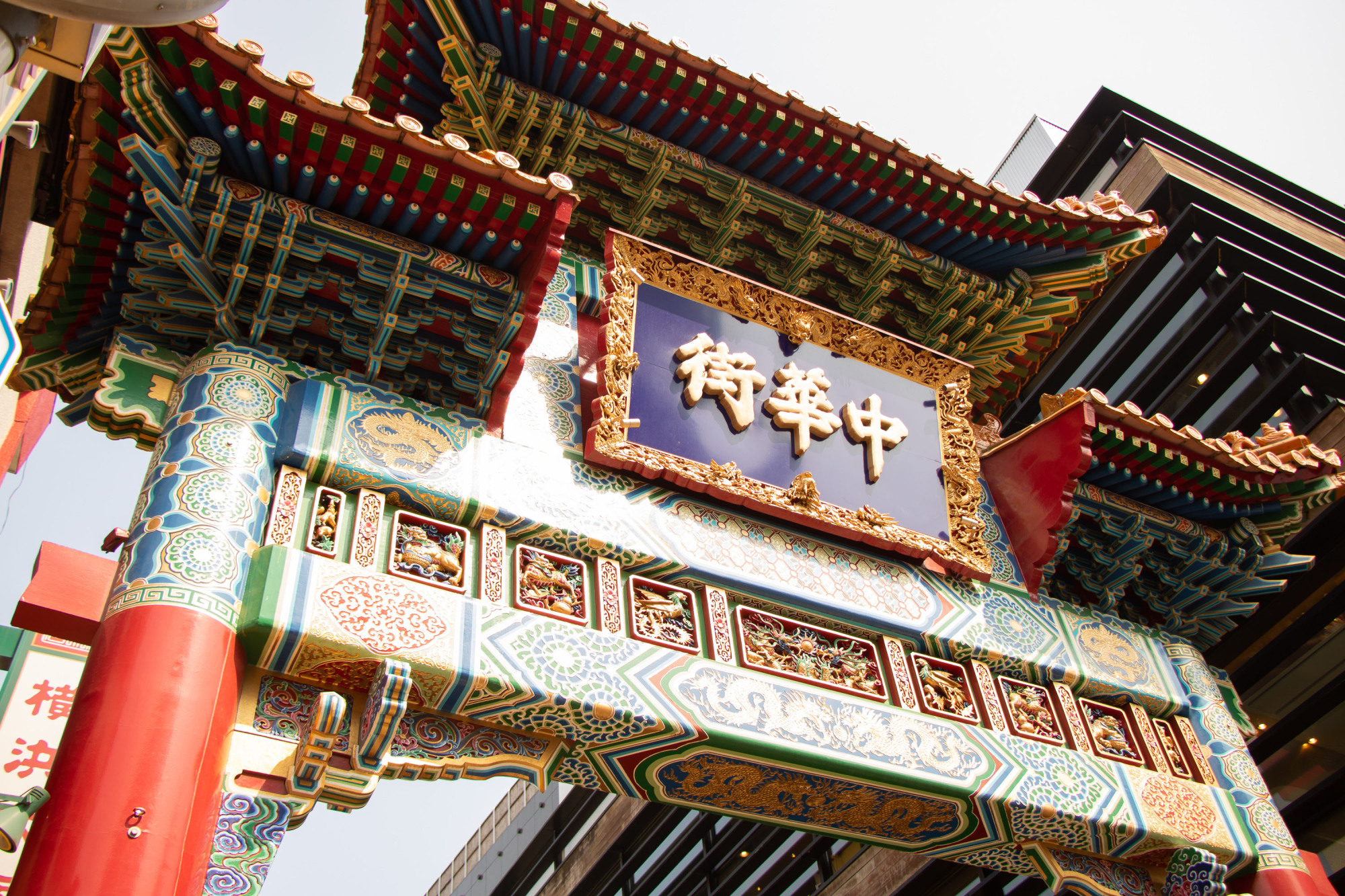
Wide variety of food
By now, an appetite may have been worked up, so visitors may wish to take a short walk to the nearby Cupnoodles Museum. Dedicated to the work and memory of instant ramen's inventor, Momofuku Ando, the museum not only nourishes the mind, but also the body. On the museum's fourth floor is the Noodles Bazaar — World Noodles Road, a fun, multicultural food court serving noodle dishes from all over the world, from Japanese ramen to Vietnamese pho or Lagman noodles from Kazakhstan. For the more adventurous, there is also soft serve ice cream topped with savory instant ramen toppings. But the biggest draw of the museum is the chance to make personalized instant ramen at the My Cupnoodles Factory. After purchasing and decorating a cup, a choice of one of four soup flavors (classic, curry, seafood or chili tomato) and four out of 12 possible ingredients (including things like garlic chips, cheese, corn, shrimp, egg and more), gives a grand total of 5,460 possible flavor combinations. Once that is done, the pack of ramen is shrink-wrapped, after which it is placed inside a protective "air package," creating a one-of-a-kind souvenir.
The Cupnoodles Museum also offers courses in making ramen from scratch at the Chicken Ramen Factory, although doing so requires reservations. For younger visitors, there's also the Cupnoodles Park, a sort of play area mixed with an obstacle course that simulates the process of preparing instant ramen, ending with a slide modeled after a roller conveyor belt.
The next destination is a bit farther away, so the best option is to back up and board the Minatomirai Line subway at Minatomirai Station. Purchasing the Minato Mirai Line One-Day Ticket will offer unlimited rides for an entire day. People can board the train bound for Motomachi-Chukagai and get off there to start exploring one of Yokohama's most famous attractions — Chinatown.
The roots of Yokohama's Chinatown go back to 1859 when the city's port was opened and welcomed hundreds of immigrants and visitors not just from Western countries, but also from Shanghai, Hong Kong and mainland China. This proved to be a blessing for the city as, at the time, most Japanese people didn't speak English and never had business dealings with Westerners. But the Chinese immigrants did, and they wrote some of the same Chinese characters that Japanese people used. Soon, many of them became translators and intermediaries between Japanese and Western merchants, helping Yokohama flourish. The area they chose to live in eventually became the city's Chinatown, the entrance to which is today marked by four big, ornate gates dedicated to Chinese guardian deities, with six more colorful gates being found inside the Chinatown perimeter.
Today's Chinatown is home to about 620 shops, of which several hundred are restaurants, cafes or other businesses dealing with food. It's hard to recommend one place to eat at when visiting the area, but some of Yokohama Chinatown's top-rated restaurants include Manchinro, Saikoshinkan and Hotenkaku, the last of which serves assortments of xiaolongbao pan-fried dumplings filled with hot soup. Hotenkaku well exemplifies the food culture of Yokohama's Chinatown, as it deals their food out of a window, allowing guests to eat outside from take-out containers. Chinatown puts a lot of focus on street food, from steamed nikuman buns to sesame balls or the popular tapioca bubble tea.
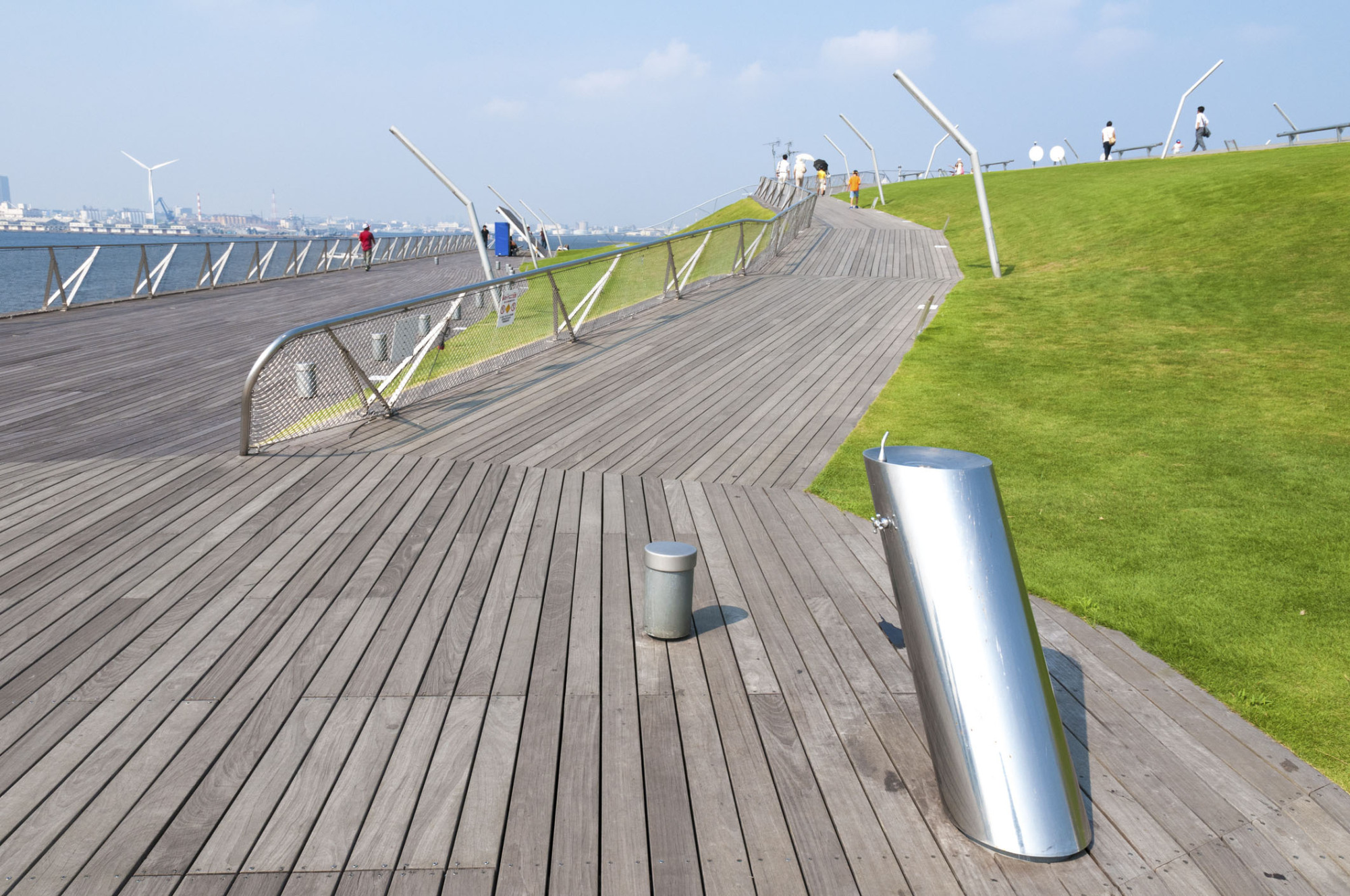
Unique attractions
From Chinatown, people can take the Minatomirai Line and get off at Nihon-odori to relax at the Osanbashi Yokohama International Passenger Terminal. An important ship terminal, Osanbashi is an oasis of peace when it's not taking in cruise ships. The curved pier, made from resilient Brazilian wood and featuring patches of green grass, is also known as the "Whale's Back" because of its shape. It's a great place to sit back and enjoy a beautiful panoramic view of Yokohama's waterfront.
To finish off the day in Yokohama, visitors should once again board the Minatomirai Line, get off at Yokohama Station and head on up to Asobuild. A fairly new addition to Yokohama's entertainment repertoire, Asobuild is a multistory entertainment and arts center for the entire family. On the lowest level is the Pitch Club, an amusement bar advertised as a "quality playground for adults" with leather chairs, billiards, and a fully stocked bar. Above it is a children's play area, a restaurant floor and the Unko Museum (unko literally means "poop"), an interactive establishment tastefully celebrating the power that scatological humor has in bringing people together. After a day of taking in all the amazing, delicious and awe-inspiring things that this port city has to offer, why not wrap up exploring Yokohama with a good laugh? (The Unko Museum is open for a limited time only until Sept. 30).



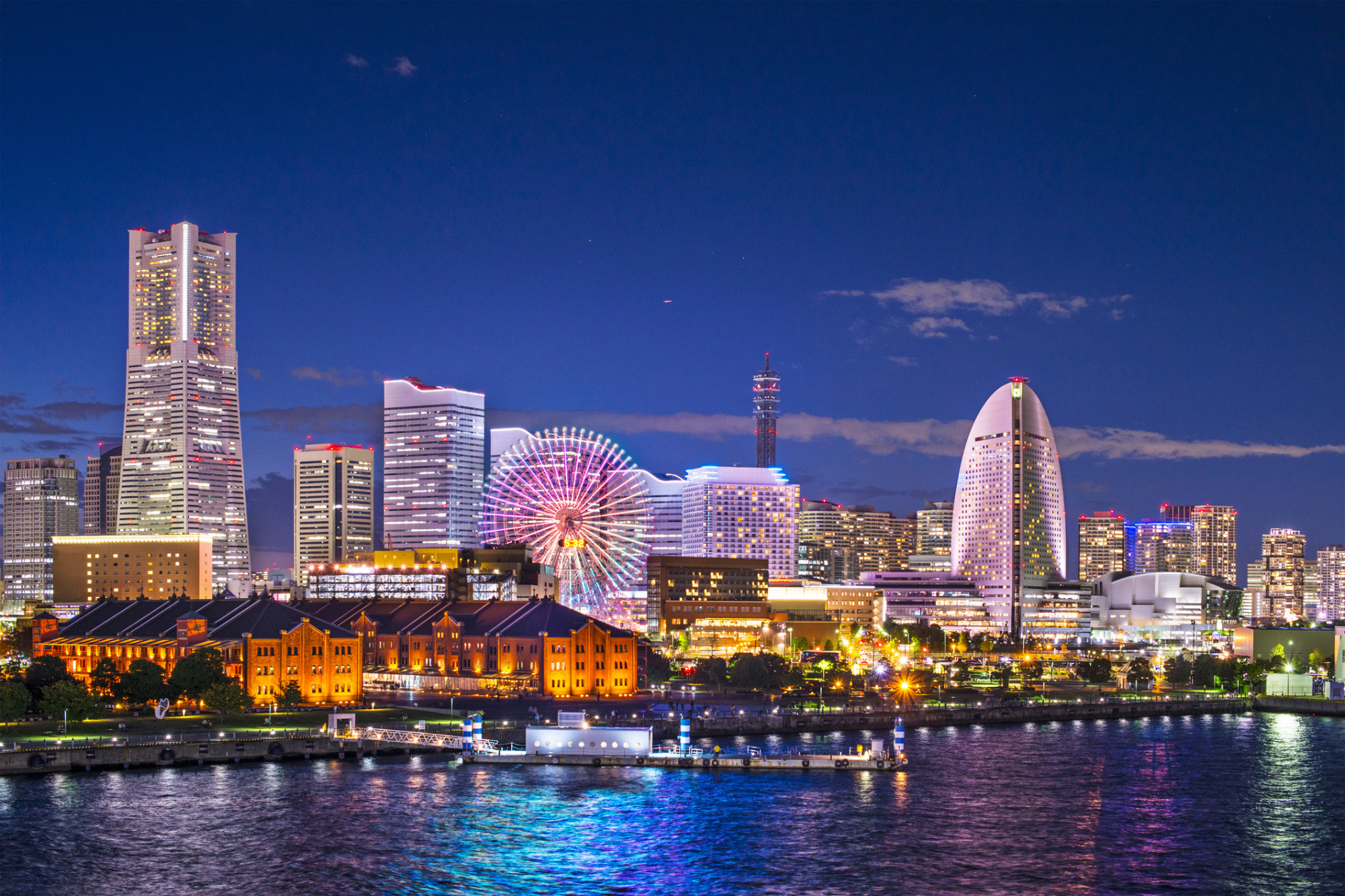
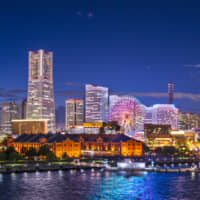
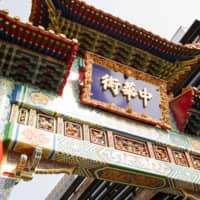
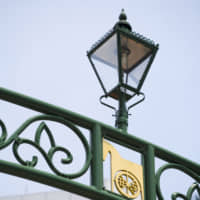
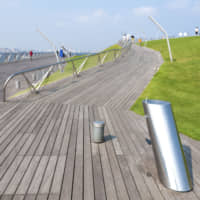













With your current subscription plan you can comment on stories. However, before writing your first comment, please create a display name in the Profile section of your subscriber account page.